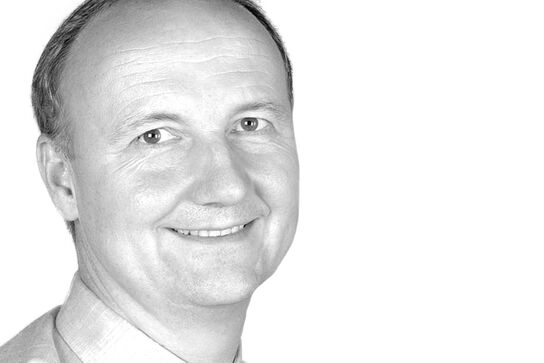
Innovative concepts of modern anchorage systems and their application in the year 2016
29.06.2017, Traben Trarbach, DeutschlandHow to improve stability, versatility, and success rates using innovative mechanics and appropriate insertion sites.
Información
Fecha
29.06.2017 - 30.06.2017
Horarios del curso
9.00 bis ca. 17.00 Uhr
Número de curso
Grupo objetivo
Arzt/Ärztin / Weiterbildungsassistent/in
Costes
Per Participant: 1.290,00 (más el IVA)
Lugar
Traben-Trarbach
Praxis Ludwig & Glasl
Am Bahnhof 54
56841 Traben Trarbach, 56841, Traben Trarbach
Deutschland
www.kieferorthopaedie-mosel.de
TADS were one of the most frequently and intensively discussed topics of the last decade, experiencing an ever increasing interest over the last 10 years. Practitioners were enthusiastic about the possibility to counteract newton’s third law. More than ten years later, many clinicians are frustrated about high loss rates and non-working biomechanics.
The course will discuss the authors’ evolutionary process from enthusiasm to frustration and finally to a realistic, reliable and valid everyday strategy.
Currently, the alveolar process still is the most preferred insertion site among most clinicians. However, due to the varying bone quality and the risk of root contact, the survival rate of implants inserted into the alveolar ridge, especially interradicularly, still needs improvement. Other regions, such as the anterior palate for miniscrews and palatal-implants or the mental region for miniplates, provide much better conditions for screw insertion, since the amount and quality of the available bone is far superior. Implants with different types of abutments and connectors allow the construction of versatile appliances for a large variety of orthopedic and orthodontic applications. Utilizing TAD ́s in the anterior palate and the mental region eliminates the risk of root injury and takes the implants out of the path of tooth movement.
This course will show an overview of the up to date literature, current developments of screw design, appliance designs, main indications, placement techniques, and risk factors during placement and orthodontic treatment. It will especially focus on the success rate of mini-implants, palatal implants and miniplates and the biomechanics of the connected orthodontic appliance.
The course will give a detailed explanation, mostly by clinical cases of the clinical use of palatal mini-implants and various miniplates in the mandible. It will focus on well working biomechanics and main indications.
